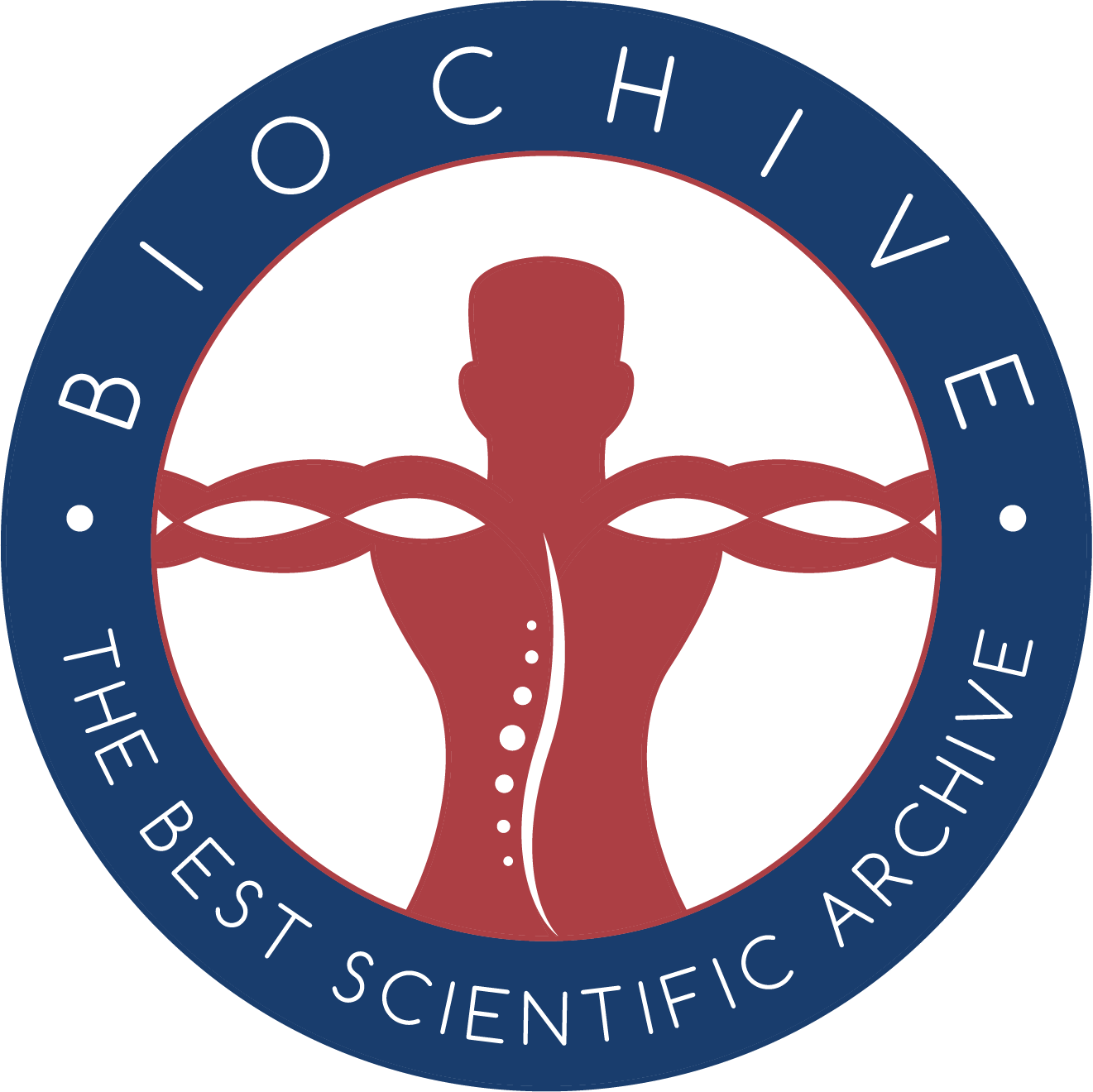According to Discovery ABA, more than 75 million people have autism around the world. 1 out of every 100 children in the world and 1 out of every 36 children in the United States have autism. Those statistics are high, considering that autism is a developmental disability.
The severity of autism in someone can be ranked from one to three, with one being the least severe and three being the most. An individual with level 1 needs support but still functions at a high level. Level 2 requires substantial support, which is more severe than level 1. Level 3 is the most severe, with the individual needing assistance and much support to carry out daily functions and communicate. Early diagnosis and treatment of autism can have a significant impact on the quality of life for the affected individual. There isn’t an exact cause of autism, but risk factors can include old parents, siblings with autism, low birth weight, and other genetic conditions. Keep in mind that autism is something that you are born with, and it will remain with you for the rest of your life. In simple words, being autistic means that your brain functions differently from other people. You may have difficulty with communication and social interactions. Autism can be diagnosed early on in childhood, but some symptoms might start appearing later years in adulthood. Autism is a broad spectrum. There are many types of autism, and some autistic people can even be functioning without assistance. According to integrityinc.org, “There are five major types of autism, which include Asperger’s syndrome, Rett syndrome, childhood disintegrative disorder, Kanner’s syndrome, and pervasive developmental disorder.”
Let’s start with Asperger’s syndrome. It is the highest functioning level of autism and generally does not require much assistance. It’s still a disability, but it’s better than the other types of autism. Some symptoms include poor verbal communication, no eye contact, awkward body language, and hyper-focused on one or two specific subjects. Keep in mind that genetics and brain abnormalities are significant factors in all types of autism. Sometimes, people with Asperger’s syndrome can be excellent at a subject. For example, a person might be a mathematical genius but still have Asperger’s syndrome. However, Rett syndrome is a lot scarier and has many brutal symptoms. Rett syndrome is a sporadic mutation that occurs in girls, causing changes in the brain. It is scarce, and there are less than 1,000 cases per year. Despite these statistics, Rett syndrome is dangerous and has many symptoms. Infants seem normal during their first six months but eventually develop harsh symptoms such as loss of coordination and speech, deceleration of head growth, paralyzation of hands, muscle weakness, seizures, repetitive movements, etc. Life expectancy for people with Rett syndrome is about 24 years old. The extremely low life expectancy shows you how certain genetic diseases can cut someone’s life expectancy depending on their severity. Thankfully there is a treatment for it. It is called Daybue. It is not a cure but a minor treatment that helps with the symptoms.

According to the University of Alabama at Birmingham, it works by “reducing inflammation in the brain, stopping certain types of cells from becoming overactive, and increasing the amount of a naturally occurring protein called IGF-1.” Daybue is the first FDA-approved treatment for Rett syndrome.
Childhood disintegrative disorder, also known as CDD, is a rare condition marked by delayed verbal, social, and motor skill development that appears later than three years of age. Children with this condition have trouble making eye contact and talking to people, and overall, they prefer to be alone. While there is no direct cure, individuals with CDD can use certain medications, such as anticonvulsant drugs, to avoid seizures. Behavioral and speech therapy can also help treat CDD. CDD is quite rare, affecting only 1.7 children out of 100,000. However, Kanner’s syndrome is the most common type of autism, and it occurs in 1% of all children worldwide.
Kanner’s syndrome, also known as Classic Autistic Disorder, is a type of autism that makes it hard to communicate with others, have a hard time understanding, and hypersensitivity to things such as light, smell, noise, touch, or taste. Children with this condition make repetitive hand movements and are uninterested in interacting with others. Symptoms often appear during early childhood, around one or two years old. Affected children have unique characteristics and seem different when compared to other children For example, they tend to show interest in the mechanisms of a toy instead of actively playing with it. They might not like a specific clothing color or find certain noises dislikeable. Kanner’s syndrome is the most common type of autism and has no cure. Medicine, speech therapy, and behavioral therapy can help treat it before it gets worse. According to Verwell’s mind, people with autism have a life expectancy of 39.5 years to 58 years compared to the global average of 72 years, the reason being that autistic people are at a high risk of getting genetic disorders that are related to living a shorter life.
Lastly, we have pervasive developmental disorders. Pervasive developmental disorders, also called PDD, are a subtype of autism spectrum disorder. PDD can also be called atypical autism because the people who have it display only some symptoms of autism, but not all. People who have these disorders experience trouble with communication and social interactions. They also have symptoms such as repetitive movements, difficulty relating to people, problems with using language, and inappropriate social behavior.
To sum it up, autism is where the brain of an individual is structured and functions differently from other people. All types of autism involve flaws in communication and social interactions. One percent of all children worldwide have autism. It’s important for us to understand and accept these differences, as it fosters a more empathetic and inclusive society. Autism is typically caused by a difference or malfunction in the prefrontal cortex of the brain, which controls emotions, decision-making, memory, and social behavior.
To learn more about the human brain, check out my other article, “The Anatomy of the Brain”.
Sources of Information: intergrityinc.org, Discovery ABA, CDC, Disability Benefits Center, Nationwide Children, Mayo Clinic, eMedicineHealth, University of Alabama at Birmingham, National Institutes of Health, Wikipedia, Autism Parenting Magazine, integrity inc, Verwell mind, National Institute of Neurological Disorders and Stroke



